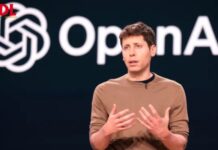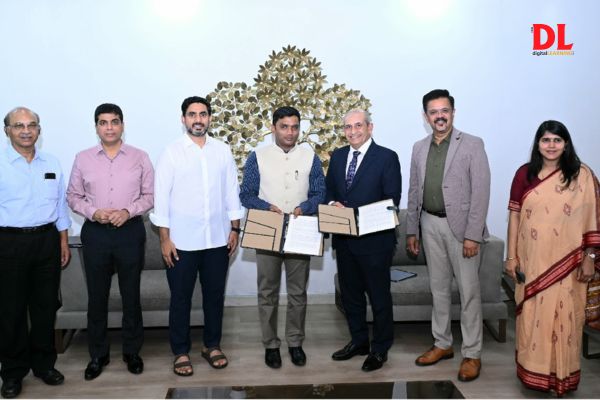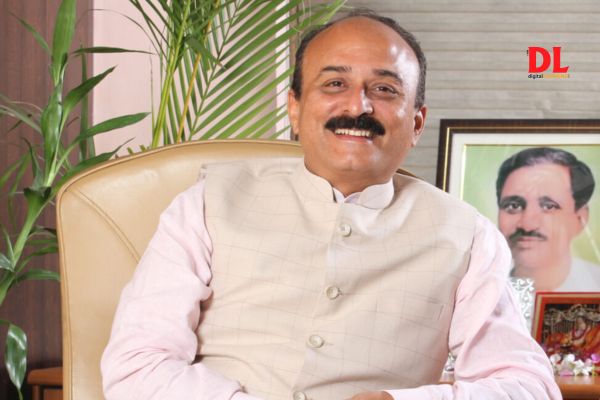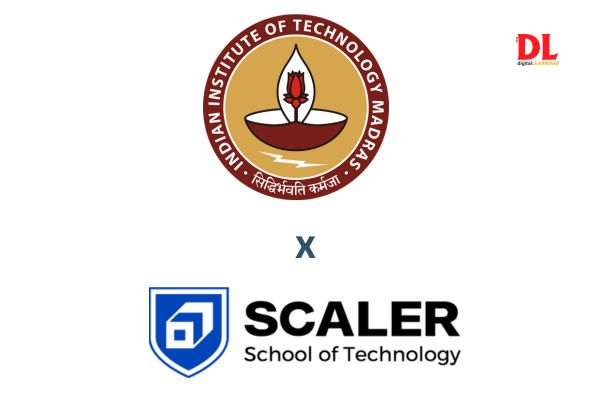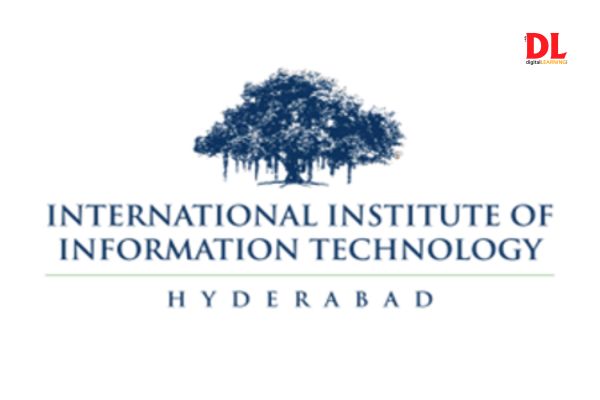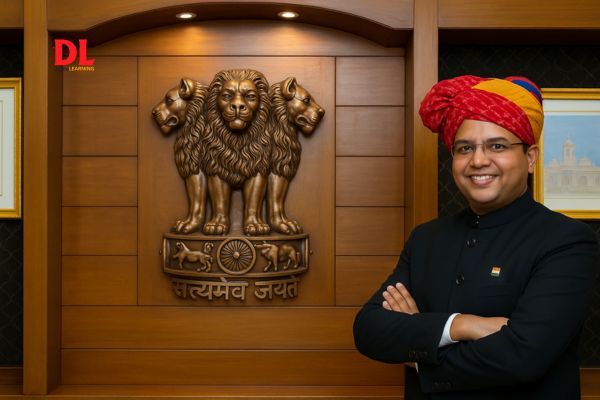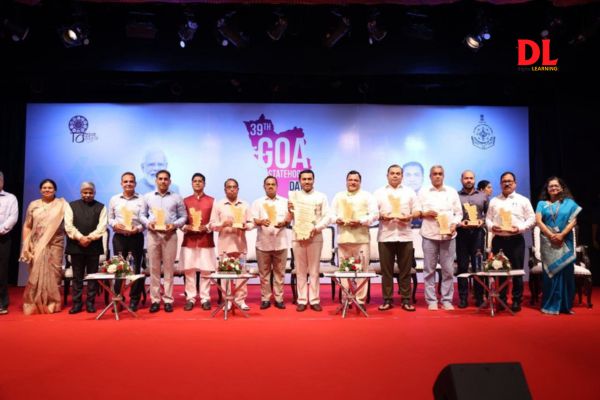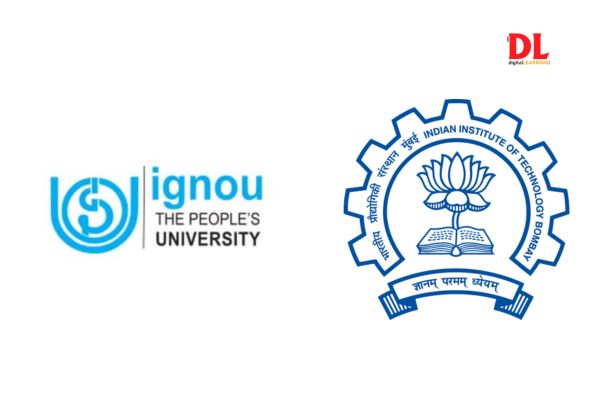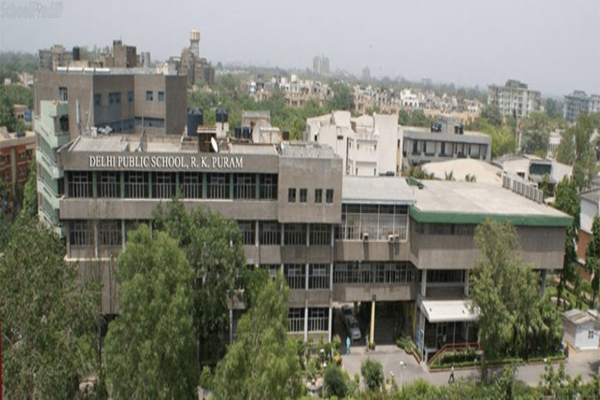The proposed acquisition of top UPSC coaching institute Drishti IAS by EdTech unicorn PhysicsWallah has been officially called off, according to sources close to the matter.
The high-stakes deal, estimated between ₹2,500 to ₹3,000 crore, was nearing finalisation but collapsed due to strategic misalignment and financial concerns, as reported by sources. Despite advanced negotiations, both companies have now parted ways.
Earlier in April 2025, PhysicsWallah had actively been scouting for acquisitions to boost its presence in the fiercely competitive UPSC test prep space. Drishti IAS, with its strong foothold in the Hindi-medium civil services segment, emerged as a prime target.
However, insiders revealed that Drishti IAS chose to stay independent, citing strong profitability and sustained growth. The Delhi-based institute, established in 1999, recorded ₹405 crore in revenue and ₹90 crore in net profit in FY24. With robust performance projections for FY25, the coaching giant is currently not pursuing any external funding or acquisitions.
For PhysicsWallah, known for disrupting NEET and JEE coaching with its affordable online model, this acquisition was key to strengthening its UPSC vertical and expanding its hybrid footprint in Tier-II and Tier-III cities. The failed deal marks a notable setback in PW’s larger diversification strategy ahead of its anticipated IPO.
Also Read: Andhra Pradesh and Nvidia sign MoU to revolutionise AI education and innovation
Reports suggest PhysicsWallah confidentially filed for a ₹4,600 crore IPO in March 2025, aiming to become India’s first EdTech unicorn to go public.
With this deal now off the table, both companies appear poised to continue growing independently, each leveraging its core strengths in India’s evolving education landscape.


